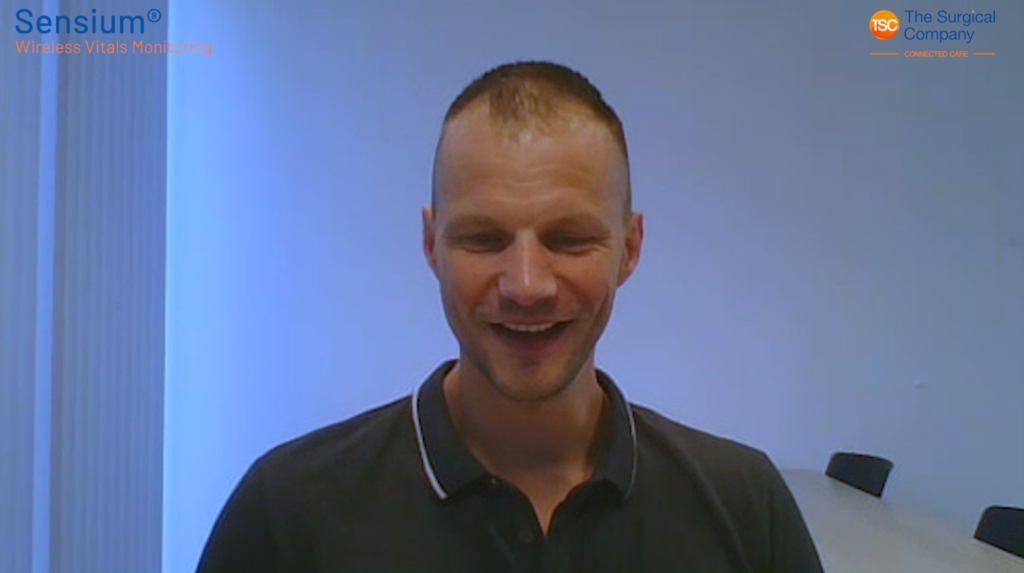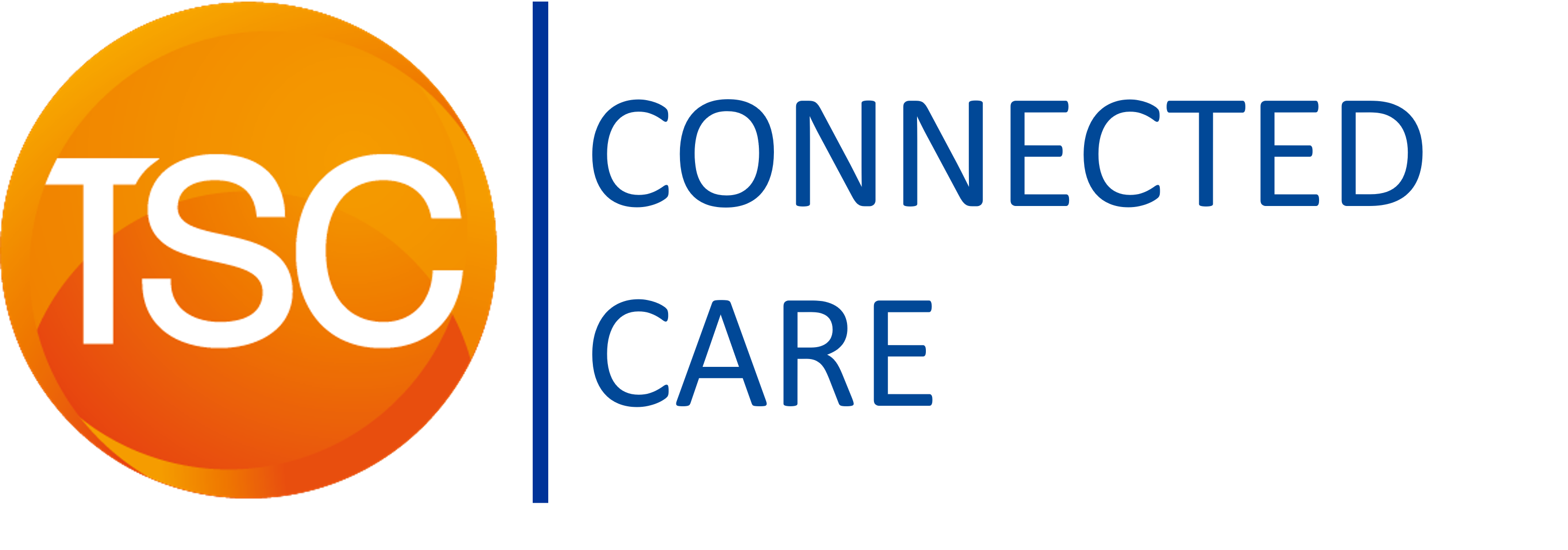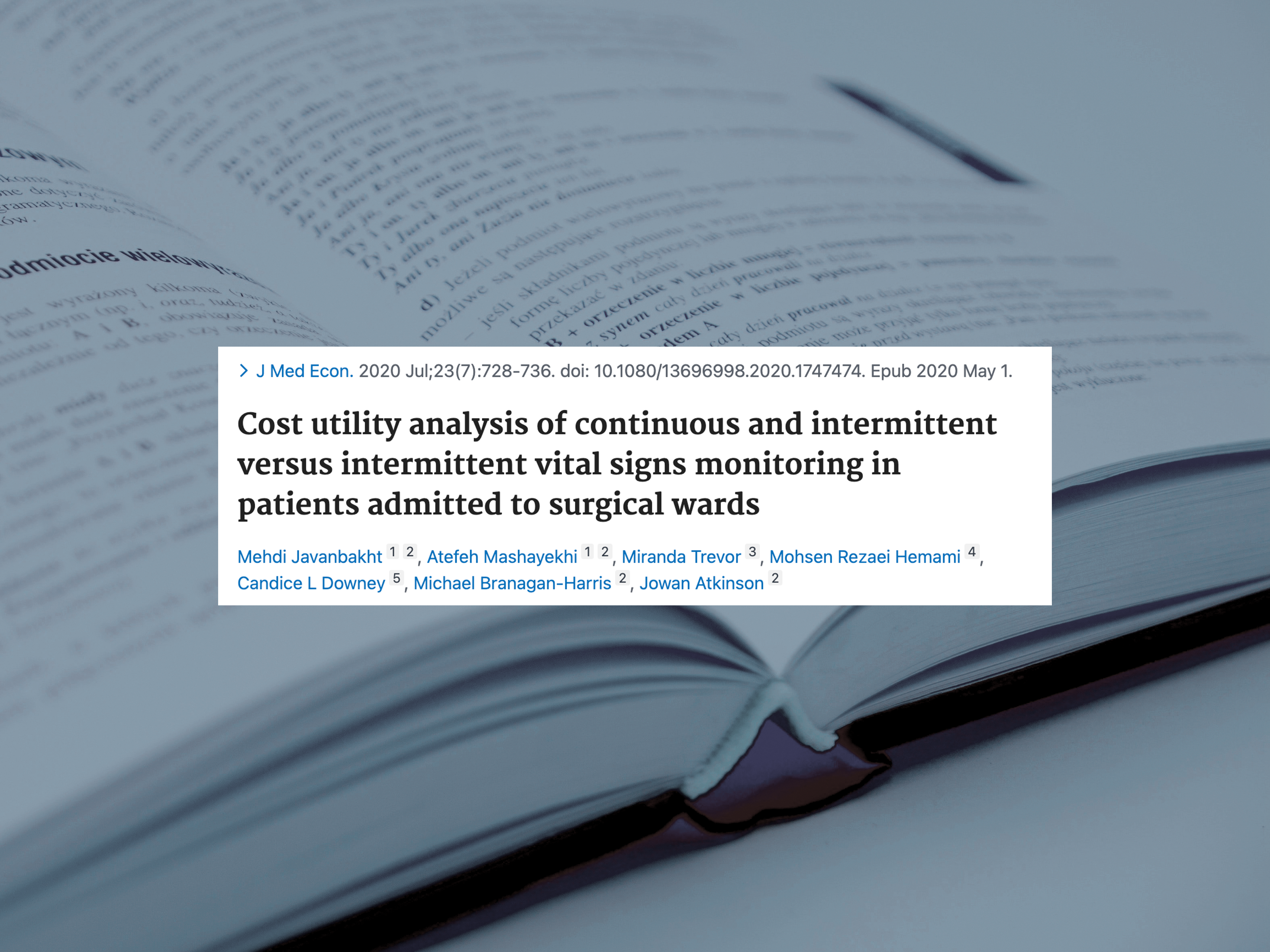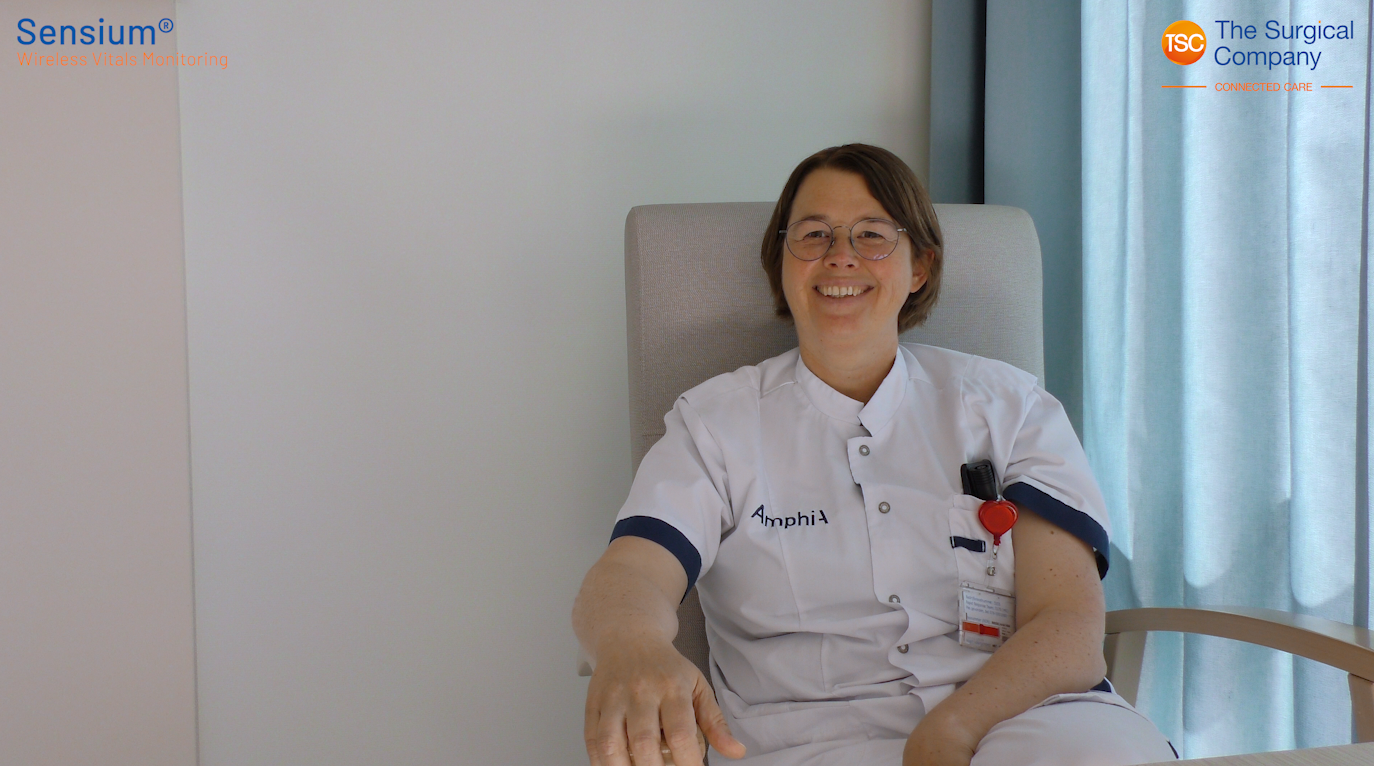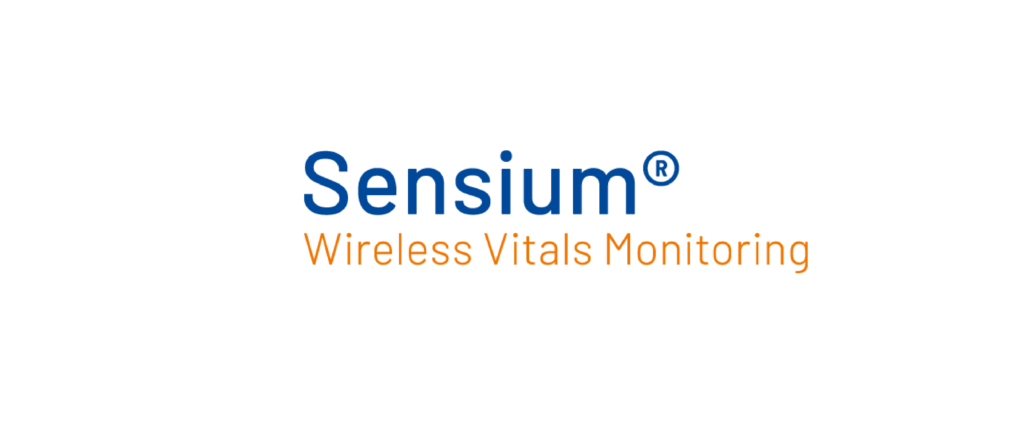Summary
Background and objective
Complications after surgical procedures are common and can lead to a prolonged hospital stay, increased rates of postoperative hospital readmission, and increased mortality. Monitoring vital signs is an effective way to identify patients who are experiencing a deterioration in health. Sensium is a wireless system that includes a lightweight, digital patch that monitors vital signs at two-minute intervals, and has shown promise in the early identification of patients at high risk of deterioration.
The objective was to evaluate the cost-utility of continuous monitoring of vital signs with Sensium in addition to intermittent monitoring compared to the usual care of patients admitted to surgical wards.
Methods
A de novo decision-analytic model, based on current treatment pathways, was developed to estimate the costs and outcomes. Results from randomised clinical trials and national standard sources were used to inform the model. Costs were estimated from the NHS and PSS perspective. Deterministic and probabilistic sensitivity analyses (PSA) were conducted to explore uncertainty surrounding input parameters.
Results
Over a 30-day time horizon, intermittent monitoring in addition to continuous monitoring of vital signs with SensiumVitals was less costly than intermittent vital signs monitoring alone. The total cost per patient was £6,329 versus £5,863 for the comparator and intervention groups respectively. Each Sensium patched patient represents a potential cost saving of £466.
By utilising Sensium a typical 30 bedded ward expecting to treat 1500 patients would see savings in the region of £700K per year. Cost savings are driven by reduced costs of hospital readmissions and length of stays in hospital.
Conclusion
Use of Sensium as a postoperative intervention for patients on surgical wards is a cost-saving and cost-effective strategy, yielding improvements in recovery with decreased health resource use.
